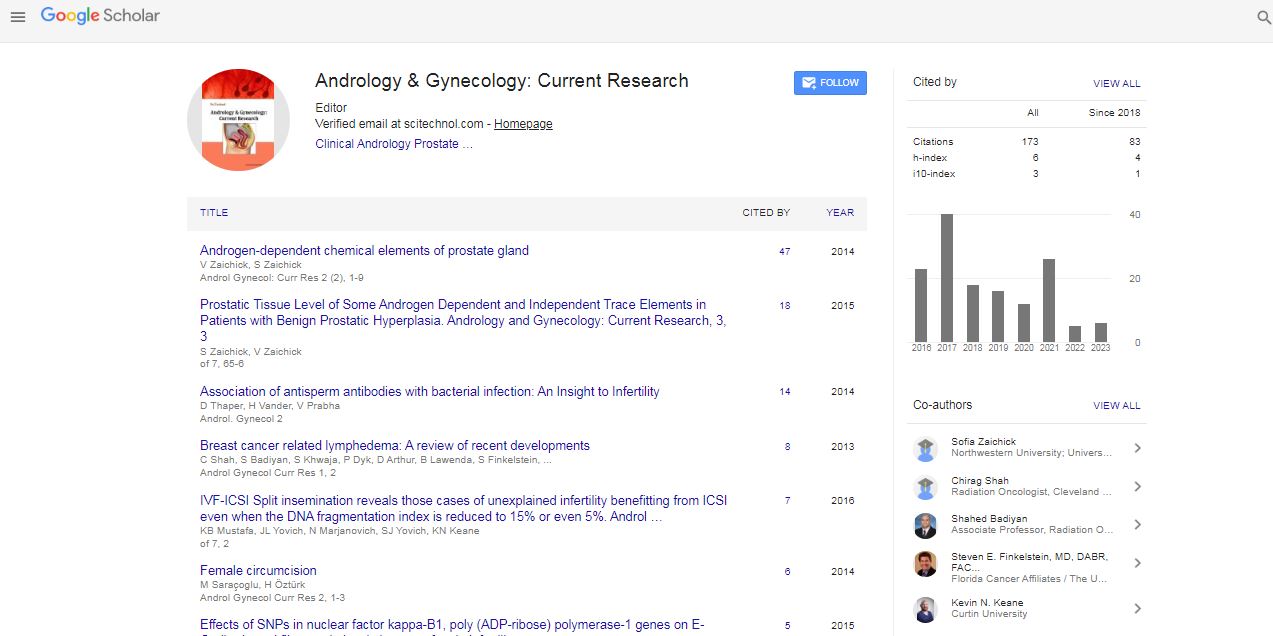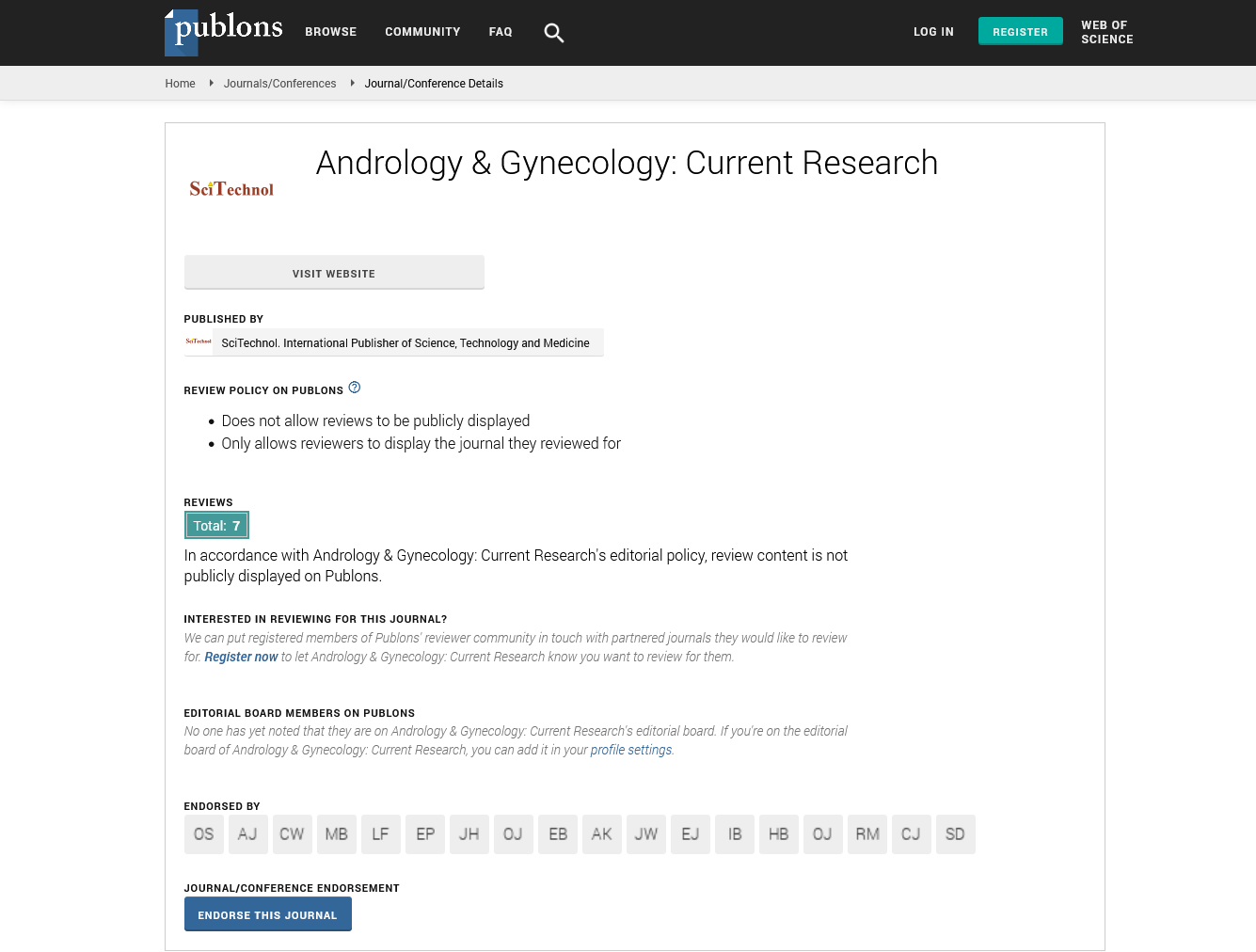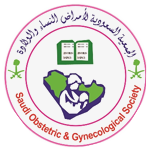Short Communication, Androl Gynecol Curr Res Vol: 1 Issue: 4
Short Communication: The Use of Different Models of Female Reproductive Status in Human Performance Research; with a Specific Focus on Muscle Strength
| Elliott-Sale KJ* and Martin D |
| Sport, Health and Performance Enhancement (SHAPE) Research Group, School of Science and Technology, Nottingham Trent University, Clifton Lane, Clifton, Nottingham, UK |
| Corresponding author : Kirsty Elliott-Sale Sport, Health and Performance Enhancement (SHAPE) Research Group, School of Science and Technology, Nottingham Trent University, Clifton Lane, Clifton, Nottingham, NG11 8NS, UK Tel: +44 (0)115 848 6338; E-mail: Kirsty.elliottsale@ntu.ac.uk |
| Received: June 28, 2013 Accepted: September 10, 2013 Published: September 13, 2013 |
| Citation: Elliott-Sale KJ, Martin D (2013) Short Communication: The Use of Different Models of Female Reproductive Status in Human Performance Research; with a Specific Focus on Muscle Strength. Androl Gynecol: Curr Res 1:4. doi:10.4172/2327-4360.1000112 |
Abstract
Short Communication: The Use of Different Models of Female Reproductive Status in Human Performance Research; with a Specific Focus on Muscle Strength
There has been much debate regarding the effects of female reproductive hormones on indices of skeletal muscle strength. This work first started with tracking muscle strength across the menstrual cycle and since then this model of reproductive functioning has remained the most popular for exploring this concept. Further research has used the menopause, oral contraceptives (OC’s), in vitro fertilisation (IVF), hormone replacement therapy (HRT)and pregnancy as alternative methods of changing the concentration of female sex hormones. Models of reproductive status such as the menstrual cycle, the menopause and pregnancy provide examples of naturally occurring changes in endogenous oestradiol and progesterone concentrations, while IVF, OC’s and HRT affect ovarian hormone concentration through exogenous regulation.
 Spanish
Spanish  Chinese
Chinese  Russian
Russian  German
German  French
French  Japanese
Japanese  Portuguese
Portuguese  Hindi
Hindi 


